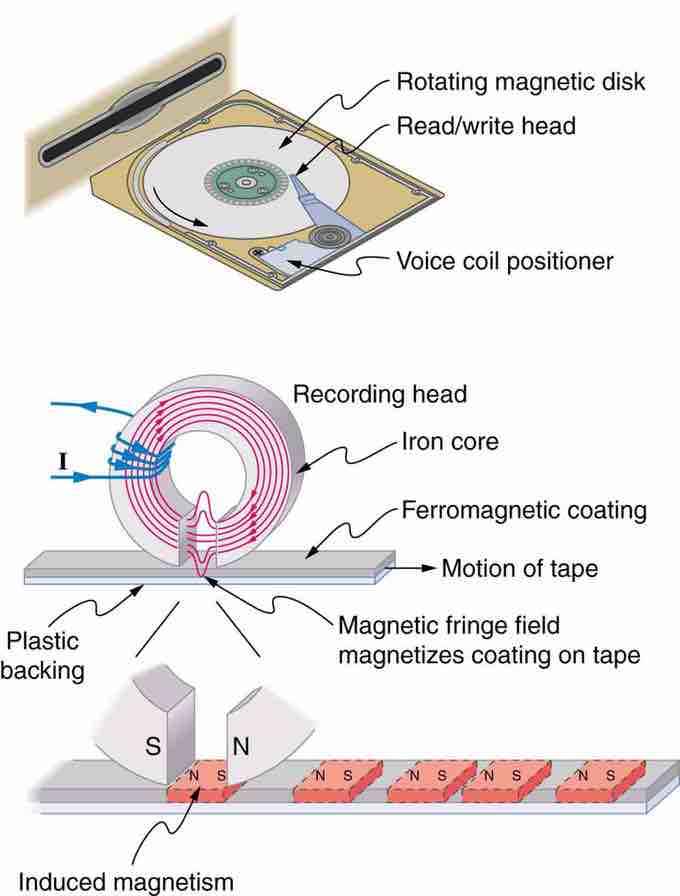Solenoids
A solenoid is a coil wound into a tightly packed helix. In physics, the term solenoid refers to a long, thin loop of wire, often wrapped around a metallic core; it produces a magnetic field when an electric current is passed through it. Solenoids are important because they can create controlled magnetic fields and can be used as electromagnets. The term solenoid refers specifically to a coil designed to produce a uniform magnetic field in a volume of space (in which some experiment might be performed).
Electromagnets and Current Loops
Early in the 19th century, it was discovered that electrical currents cause magnetic effects. The first significant observation was made by the Danish scientist Hans Christian Oersted (1777–1851), who found that a compass needle was deflected by a current-carrying wire. This was the first significant evidence that the movement of charges had any connection with magnets. Electromagnetism is the use of electric current to make magnets. These temporarily induced magnets are called electromagnets. Electromagnets are employed for many uses: from a wrecking yard crane that lifts scrapped cars, to controlling the beam of a 90-km-circumference particle accelerator, to the magnets in medical imaging machines (for other examples see ).

Uses of Electromagnets
An electromagnet induces regions of permanent magnetism on a floppy disk coated with a ferromagnetic material. The information stored here is digital (a region is either magnetic or not); in other applications, it can be analog (with a varying strength), such as on audiotapes.
Combining a ferromagnet with an electromagnet can produce particularly strong magnetic effects. Whenever strong magnetic effects are needed (such as lifting scrap metal, or in particle accelerators) electromagnets are enhanced by ferromagnetic materials.
An electromagnet creates magnetism with an electric current. In later sections we explore this more quantitatively, finding the strength and direction of magnetic fields created by various currents. Currents, including those associated with other submicroscopic particles like protons, allow us to explain ferromagnetism and all other magnetic effects. Ferromagnetism, for example, results from an internal cooperative alignment of electron spins, possible in some materials but not in others.